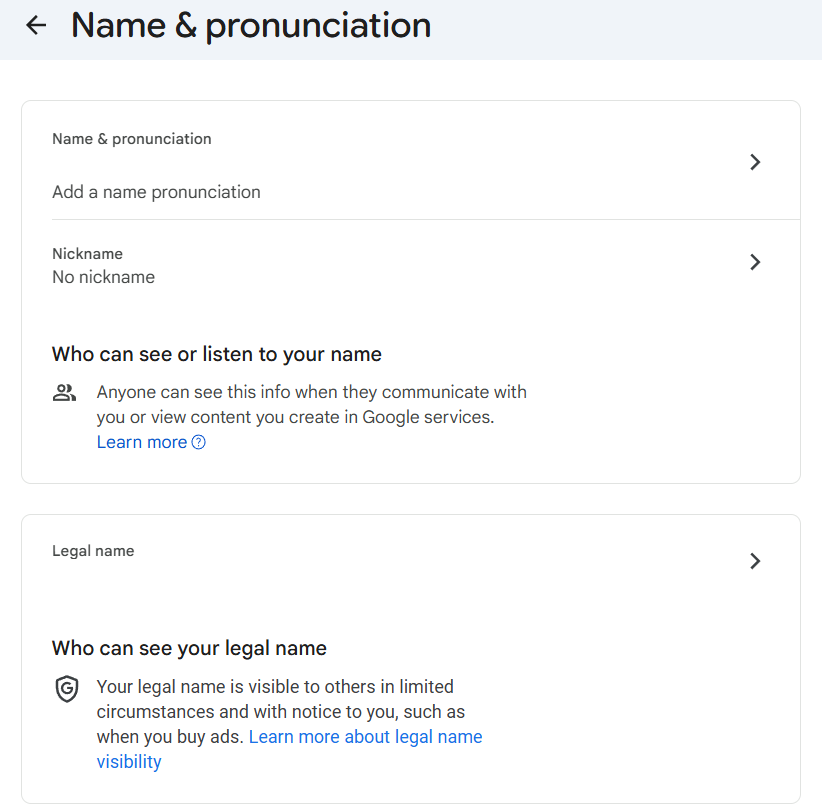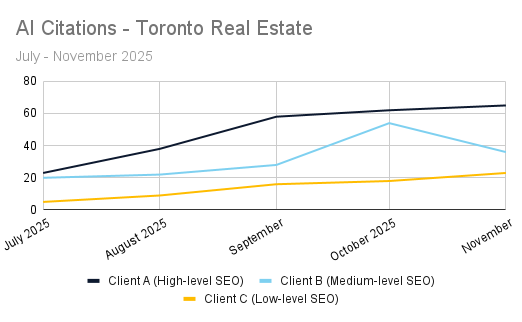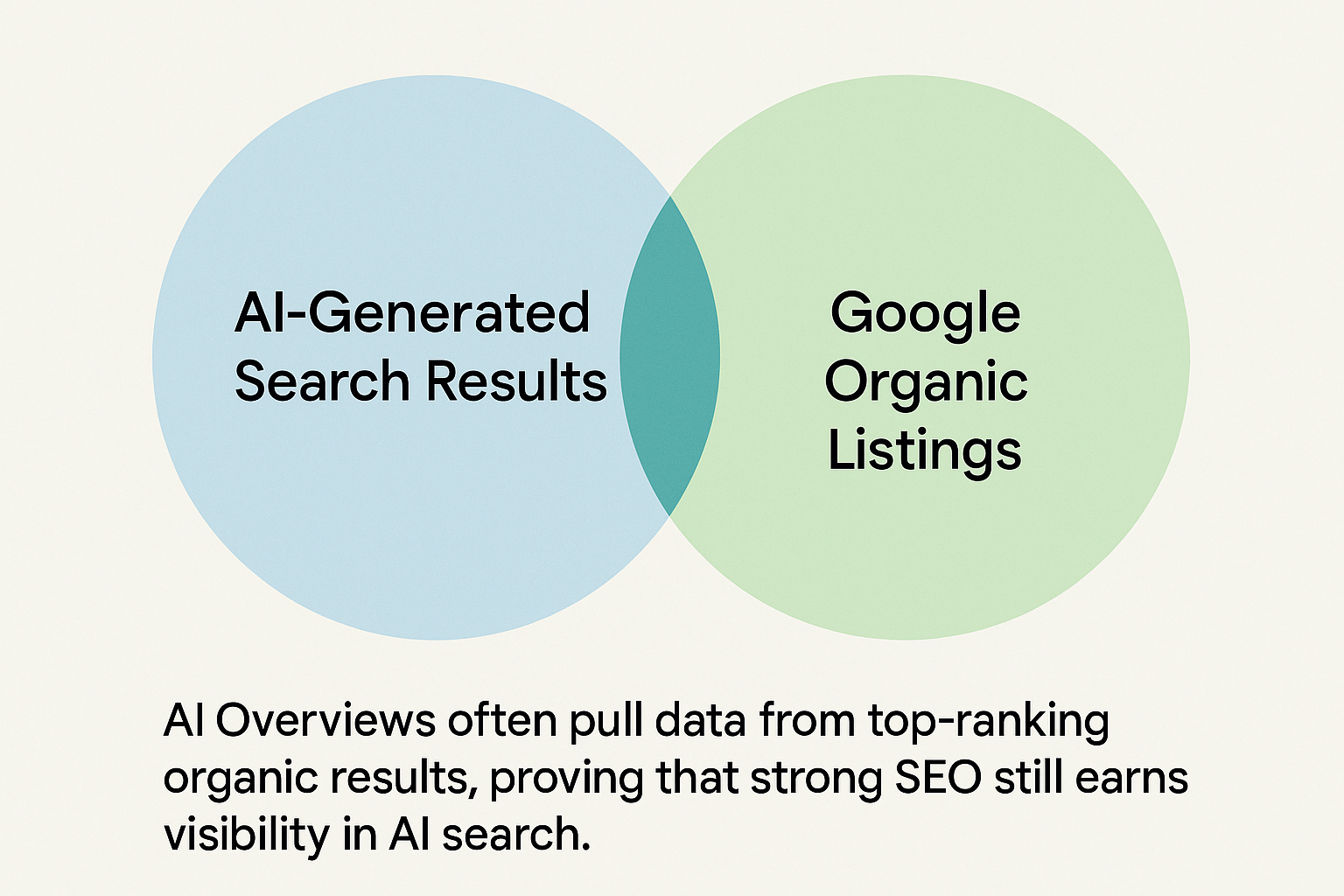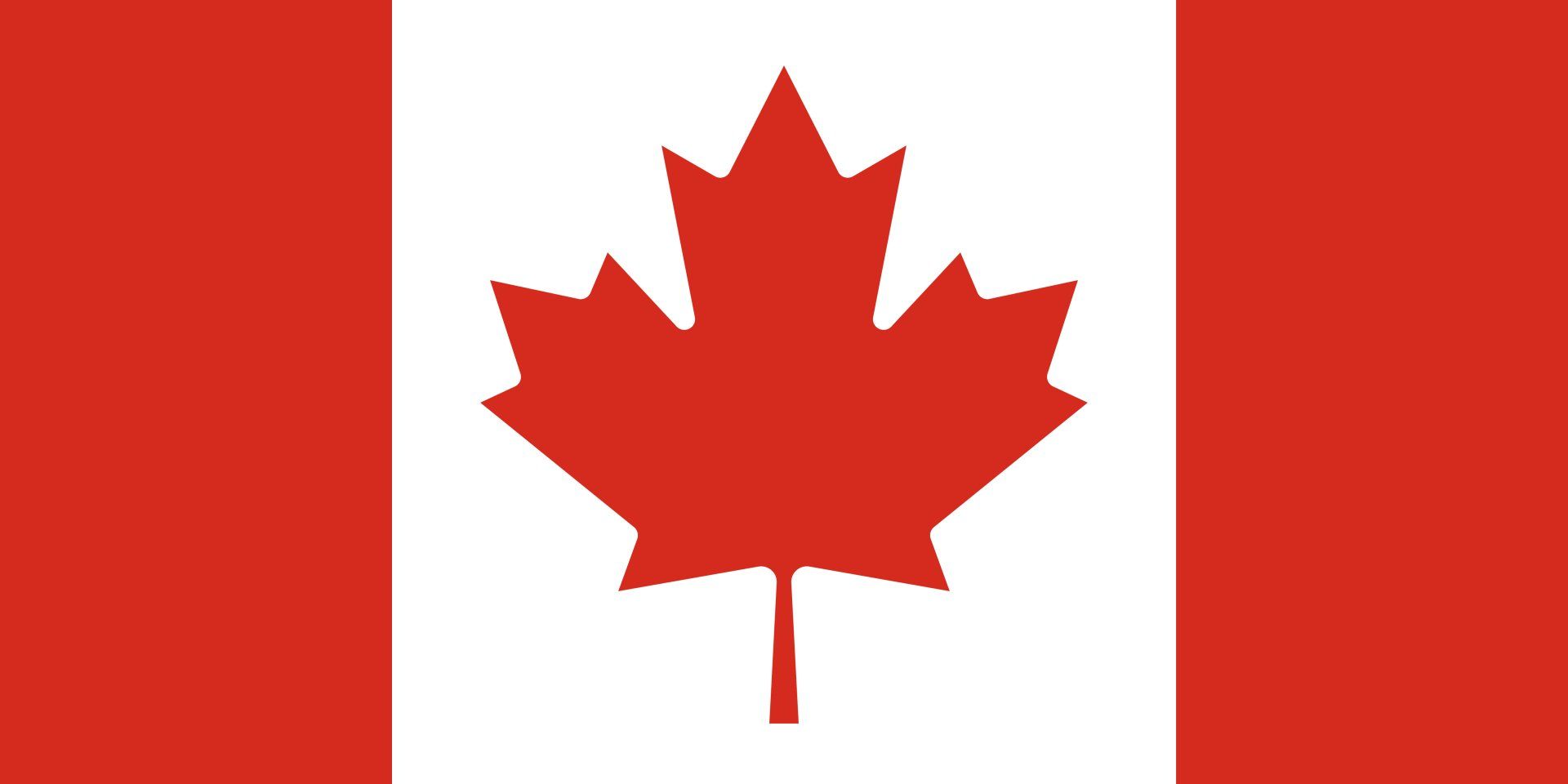MAP Local Guides - Local Search Audit
What is a Local Search Audit?
The Local Search Audit (‘LSA’ for short) examines the most important SEO and local SEO factors that influence your ability to rank in search (e.g. Google).
Its top-level summary provides a guide to SEO performance and provides jump-links to the corresponding report sections. Each section is color-coded so you can quickly see which areas of your local strategy need the most attention.
The sections of the Local Search Audit include:
- Links & Website Authority
- Search Rankings
- Local Business Listings
- Reviews & Ratings
- Google Business Profile
- On-Site SEO
- Social Channels
- Appendix
How do I understand a Local Search Audit report?
Once complete, a Local Search Audit report will look like this:

Summary
When you first open the Local Search Audit report, you will see the ‘Summary’ section, which provides a colour-coded overview of the results, and shows the score of each of the subsequent sections. You can click each colored box to jump to the corresponding section of the report.

Links and Website Authority
The ‘Links and Website Authority’ section of the report shows some key SEO indicators that play a big part in how high your business ranks in search engine results.
There are 6 key components of this section.
- Google Index Count: Shows the number of pages that Google has indexed on your site.
- Link Count: The number of links that lead from other websites through to yours.
- Linking Domains: How many external websites link to your website.
- Majestic C-Flow: A link-related score, which is calculated based on the number of inbound links your site has.
- Domain Authority: Similar to 'Page Rank', this is a measure of the 'rankability' of your website, considering over 150 different SEO signals.
- Website Age: The date when your website was registered.

Rank Tracker
Under 'Rankings' you will find data on where website or business appears for your important keywords. We report on your rankings in the largest search engines (Google and Bing) and Google's local offering (Google Maps).
Within the search results, we look for your website / business name, and show you the position in which you appear. If we find more than one result for your website / business, we will report multiple results in the ranking results table. We look through the top 50 results.
You want to appear as high up the search rankings as possible, therefore lower numbers are good.

Local Business Listings
This section audits the most powerful online directories then reports back on whether you have a listing there. If you do, we check if your information is complete and consistent and highlights in red any errors so you know what needs fixing. A key component in your local search ranking is something called NAP (Name, Address, Phone Number). Keeping this data consistent across all listings is crucial to ensure that Google and other search engines are able to confirm accuracy and attribute these listings to your business.

Reviews and Ratings
Here you will find data about your reviews on the most important review sites, including total reviews, average rating, and score on each site. We also display the 10 most recent reviews across all these sites.
There are 2 charts in this section.
Review Count by Star Rating: This chart shows you how many 1-star, 2-star, 3-star, 4-star, and 5-star reviews you have received across the top five sites.
Top Review Sites: The number of reviews you have on every site is shown here, along with the star rating for each site.

Google Business Profile
This part of the audit analyzes your Google Business Profile (GBP) optimization and reports on a number of important criteria while benchmarking your website against the top 10 ranked businesses in your area.

On-Site SEO
The On-Site SEO factors affecting your ability to rank higher in search engines are analyzed within this section. There are 5 sub-sections that factor into your overall site here.
- Technical
- Page Load Speed: This is a measure of how quickly your landing page loads when viewed using a desktop device.
- Robots.txt: Is a file that sits in your website code, and tells Google which pages on your site to look at (and which to ignore).
- XML Sitemap: Similar to a 'Contents' page for your website, helping Google to properly index your site, and thereby giving it the best possible chance of ranking for relevant searches.
- Errors: Errors are pages (URLs) on your site that return an error because they no longer exist, or they have a problem.
- Internal Links: These connect pages on your site to each other.
- Canonical URLs / Dynamic URLs: We check your landing page for issues with URL canonicalization, which is used to avoid duplication issues when a website has more than one different URL for the same page (e.g., if http://www.example.com and http://example.com display the same page, but search engines see two different URLs).
- SSL: A common way to make websites more secure — by adding an SSL certificate to your site, it makes it safer for users to input data or download data because the transfer of that data is encrypted and, therefore, harder to intercept.
- SEO
- Page Title: Each page on your site has a title that appears in the page code and tells Google what each page is about.
- Page Descriptions: Similarly, each page has a description that appears within the code of the page, and is visible in search results.
- Open Graph Tags: Using Open Graph tags allows you to control the content that's shown when a page is shared on Facebook.
- X/Twitter Card Tags: 'X/Twitter Cards', which are based on tags that sit in the code of a web page enable website owners to provide a lot more information by including images, video, and download links that appear inside X.
- Image Alt Tags: Search engines can't currently read images to determine their content reliably, so adding 'Alternative Text' lets you tell Google what the image is about.
- H Tags: H tags (or 'header' tags) sit in the code of your site and help to structure your page content in a way that highlights to Google the top-line keywords and topics the page covers.
- Wordcount: The average number of visible words per page.
- Flash: Google can't easily read Flash, and it can block Google from indexing your site.
- Mobile
- Responsive Design: How your content auto-adjusts depending on the screen size of the device being used to view it.
- Mobile Friendly: The way your content appears for those using a mobile device to view it.
- Mobile Page Load Speed:
How fast your landing page loads on a mobile device.
- Mobile Rendering: The way your landing page appears on mobile and tablet devices.
- Content
- Physical Address & Phone Number: Having your physical address and phone number on your website is important for Google Local rankings, as Google looks for an address and a local phone number on your site to confirm where your business is located, and to make sure it's consistent across all other listings you might have.
- Schema.org Markup: Provides a set of common 'tags' that can be applied to common items on a website to make it clear to search engines what that content is.
- Top Keywords: The most common keywords used on your website.
- Google Analytics
- Analytics Tags: Used to indicate which website analytics solution you use (e.g. Google Analytics).
Social Channels
This section examines your use of, and popularity across, social media.
It's important to 'socialize' your business so that your customers can share their experiences with their friends to convert into new customers of yours. It's also useful to use social media channels like Facebook to accrue reviews of your local business.
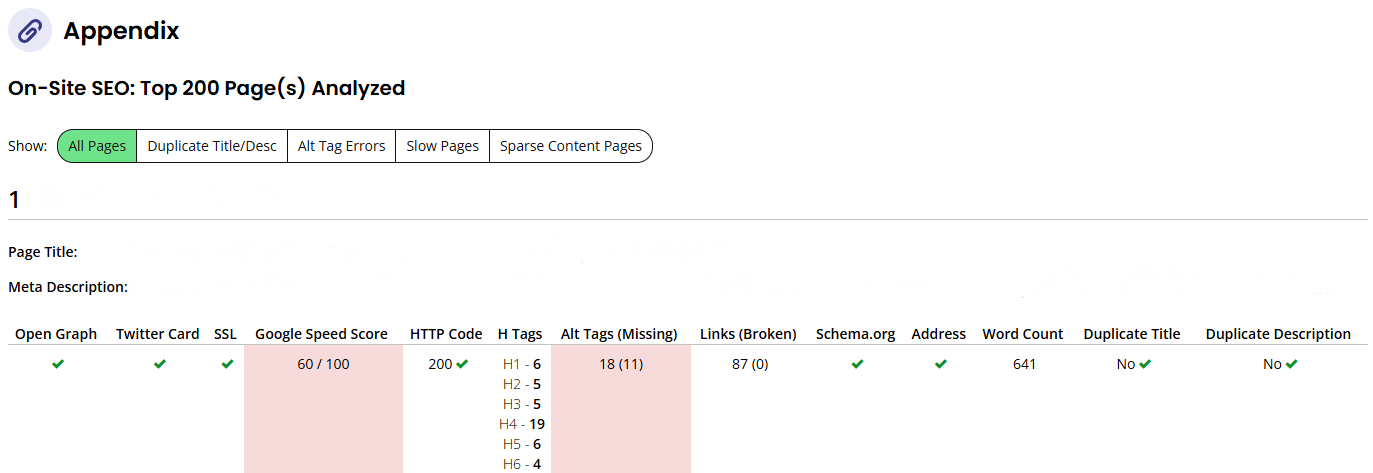
Appendix
The Appendix is a brief overview of key information for pages of your site. Currently, we only provide appendix information for up to 200 pages of your site.
The following are all recorded by the Appendix:
- Page title
- Meta description
- Meta keywords
- Internal links
- Headline tags
- Outbound links (no follow)
- Response code
- Load time
- Number of redirects
- Primary keyword visible
Local Search Terms Glossary
Analytics Tags
A tag showing which website analytics solution you use (e.g. Google Analytics).
Canonical Tags
A canonical tag (aka "rel=canonical") is a way of telling search engines that a specific URL represents the master copy of a page. Practically speaking, the canonical tag tells the search engines which version of a URL you want to appear in the search results.
Errors
Errors highlighted on the Local Search Audit are pages (URLs) on your site that return an error because they no longer exist or have a problem.
Flash
Flash is a multimedia platform that some websites still use, but that is soon to be deprecated by Adobe. Google can't easily read Flash and it can block your site from being indexed. The current best practice is to avoid using Flash on websites and use HTML5 instead, which will achieve the same results.
Image Alt Tags
Alt Text is a method for adding a text description to an image. Search engines can't accurately read images all the time to determine their content reliably, so adding 'Alternative Text' lets you tell Google what the image is about.
Mobile-friendly
How well your website works for mobile users.
Mobile Page Load Speed
This score shows how quickly your landing page loads on a mobile device.
Mobile Rendering
How your landing page appears on mobile and tablet devices.
Open Graph Tags
Open Graph protocol was developed by Facebook to give website owners an easy way of describing the content of a page so that Facebook could correctly read and reference it. Using Open Graph tags allows you to control the content that's shown when a page is shared on Facebook.
Page Descriptions / Meta Description
Each page has a description that appears within the code of the page, and is visible in search results. Page Descriptions should be unique to each page and contain your most important keywords.page's code
Page Title
Each page on your site has a title which appears in the code of the page and tells Google what each page is about. It's a visible tag that appears in search results and on browser tabs, and it's a very important factor in SEO. Page Titles should be unique to each page and contain your most important keywords.
Responsive Design
Having a 'responsive' website means the page width and content of each page auto-adjusts depending on the screen size of the device being used to view it.
Robot.txt file
The robots exclusion standard, also known as the robots exclusion protocol or simply robots.txt, is a standard used by websites to communicate with web crawlers and other web robots. The standard specifies how to inform the web robot about which areas of the website should not be processed or scanned.
Schema Markup
Code that you put on your website to help search engines return more informative results for the user. A semantic vocabulary of tags (or microdata) that you can add to your HTML to improve the way search engines read and represent the page in the search results.
SSL Pages
Secure Sockets Layer (SSL) is a standard security technology for establishing an encrypted link between a server and a client.
X (Twitter) Card Tags
To help websites communicate more, X (Twitter) developed cards which are based on tags that sit in the code of a web page. These enable website owners to provide a lot more information and include images, video, and download links that appear inside of X.,
Wordcount
The average number of visible words per page on your website.
XML Sitemap
An XML sitemap is like a table of contents for your website that helps Google to properly index your site, thereby giving it the best possible chance of ranking for relevant searches.




